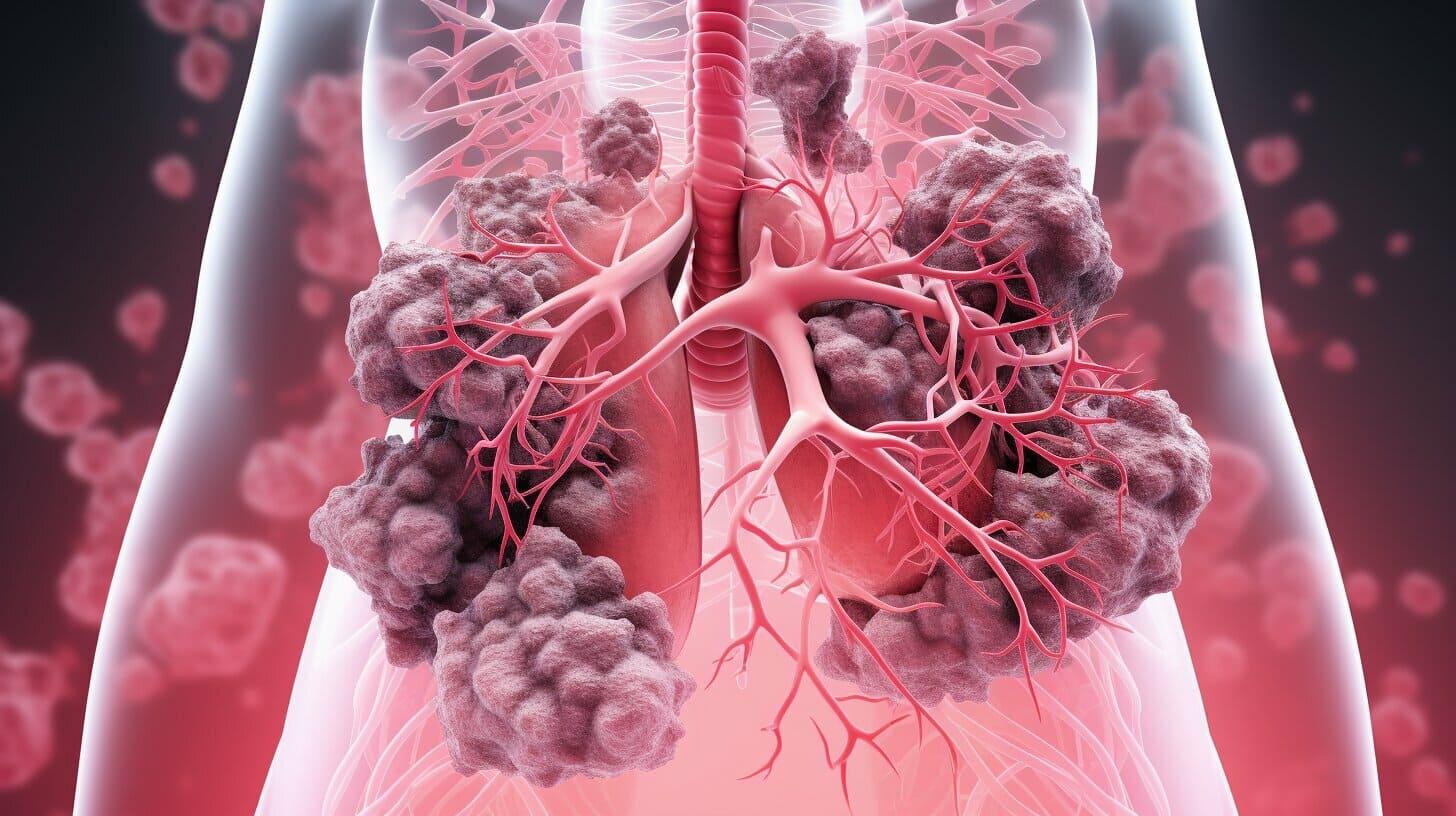KEY TAKEAWAYS
- The study aimed to develop a prognostic model for predicting patient outcomes in LUAD.
- The developed model model integrated lactate metabolism and hypoxia for tailored LUAD treatment strategies.
In the tumor microenvironment (TME), hypoxia and lactate metabolism exhibit a mutually influential relationship. Each component reciprocally impacts the other, creating an inseparable connection.
Jingyang Sun and the team aimed to develop a prognostic model that integrated genes related to hypoxia and lactate metabolism in the tumor microenvironment of lung adenocarcinoma (LUAD) and intended to serve as a tool for predicting patient outcomes, including survival rates, the status of the immune microenvironment, and responsiveness to therapy in patients with LUAD.
Researchers retrieved the transcriptomic sequencing data and patient clinical information specific to LUAD from comprehensive repositories of the cancer genome atlas (TCGA) and gene expression Omnibus (GEO).
A compilation of genes relevant to hypoxia and lactate metabolism was assembled from an array of accessible datasets by employing univariate and multivariate Cox regression analyses.
In addition to the investigative procedures, tumor mutational load (TMB), microsatellite instability (MSI), functional enrichment assessments, and the ESTIMATE, CIBERSORT, and TIDE algorithms were used to evaluate drug sensitivity and predict the efficacy of immune-based therapies.
Results revealed a novel prognostic signature comprising five lactate and hypoxia-related genes (LHRGs) — PKFP, SLC2A1, BCAN, CDKN3, and ANLN. This model demonstrated that patients with LUAD with elevated LHRG-related risk scores experienced significantly reduced survival rates.
The robustness of the risk score as a prognostic indicator for overall survival by both univariate and multivariate Cox analyses was confirmed. Furthermore, the immunophenotyping revealed enhanced CD4+ memory T cell infiltration, dendritic cells, and NK cells in patients classified within the high-risk category vs. their low-risk counterparts.
Moreover, the high-risk groups had a higher probability of mutations in lung adenocarcinoma driver genes, and MSI was associated with the risk score. Functional enrichment analyses indicated that cell cycle-related pathways dominated in the high-risk group, while metabolic pathways were more prevalent in the low-risk group.
Drug sensitivity analyses further advocated that the high-risk group, especially those classified with elevated risk scores, exhibited increased sensitivity to a wide- variety of drugs, particularly inhibitors targeting the PI3K-AKT, EGFR, and ELK pathways.
The study developed a prognostic model by integrating lactate metabolism and hypoxia parameters. This model offered predictive insights regarding survival, immune cell infiltration and functionality, and therapeutic responsiveness in patients with LUAD. It may facilitate tailored treatment strategies, tailoring interventions to the unique molecular profile of each patient’s disease.
This study was funded by the First Affiliated Hospital of Xi’an Jiaotong University, Xi’an Jiaotong University Basic-Clinical Integration Innovation Programme, Shaanxi Provincial Administration of Traditional Chinese Medicine in the “double chain fusion” of young and middle-aged scientific research and innovation team, and the National Natural Science Foundation of China.
Source: https://pubmed.ncbi.nlm.nih.gov/38965505/
Sun J, Jiang R, Hou L, et al. (2024). “Identification of a combined hypoxia and lactate metabolism prognostic signature in lung adenocarcinoma : Author.” BMC Pulm Med. 2024 Jul 4;24(1):323. doi: 10.1186/s12890-024-03132-4. PMID: 38965505.



